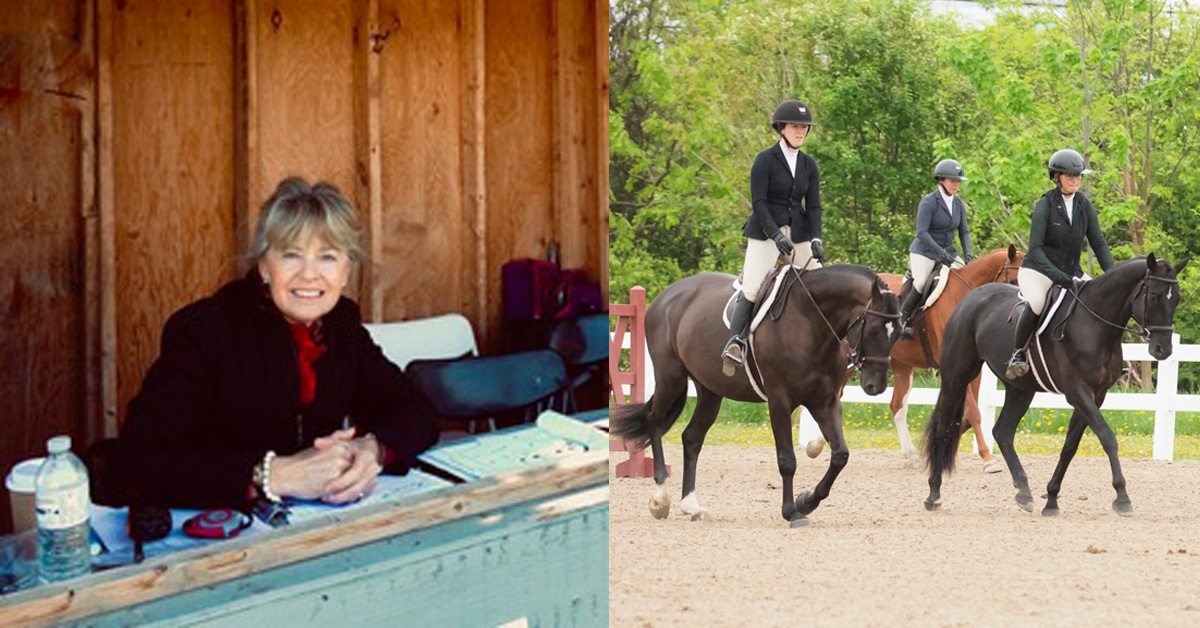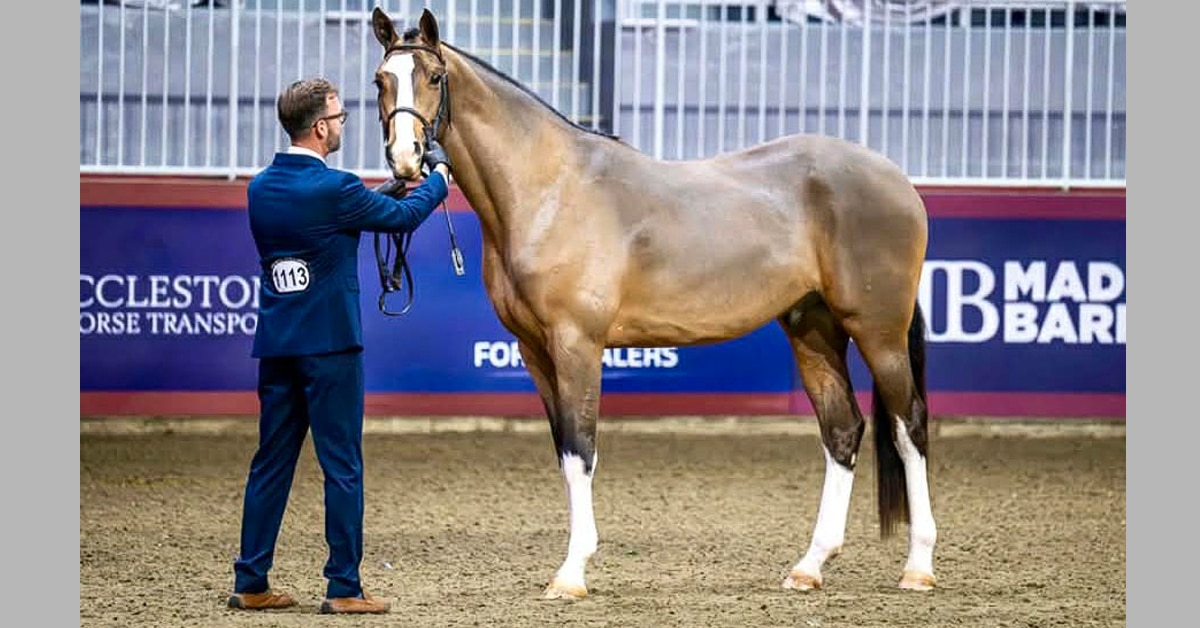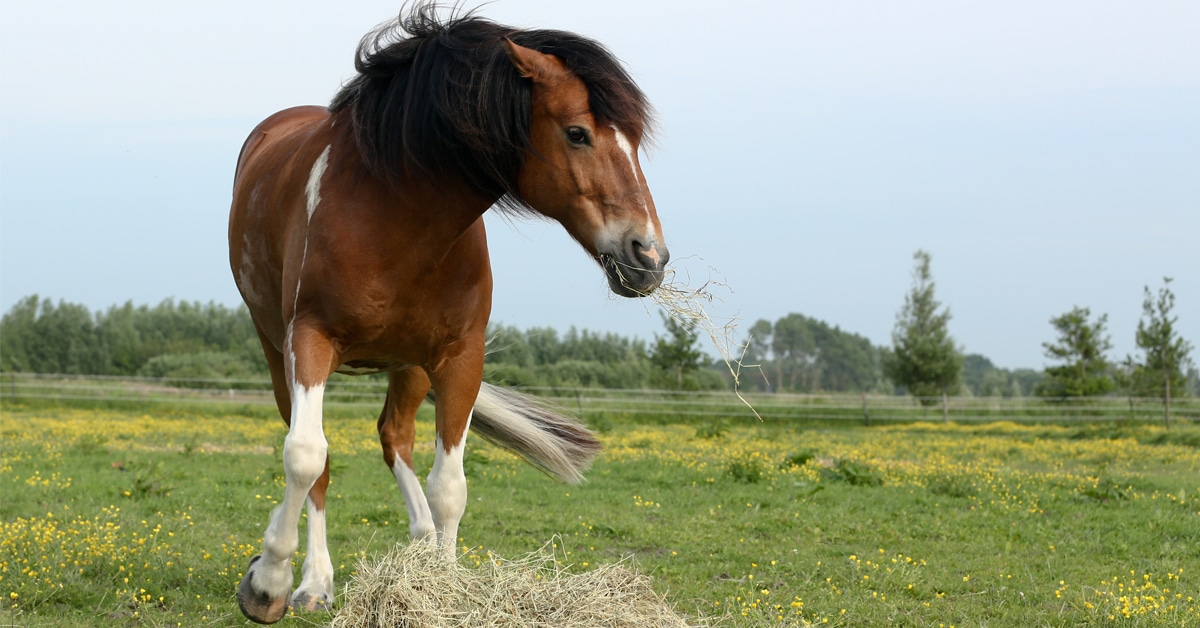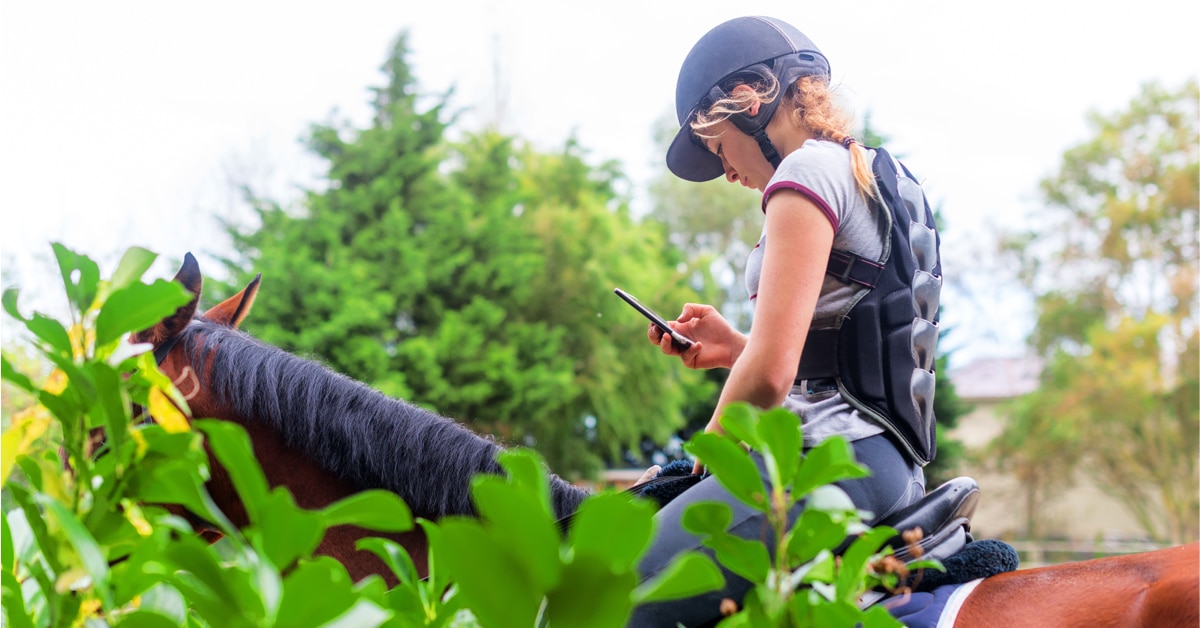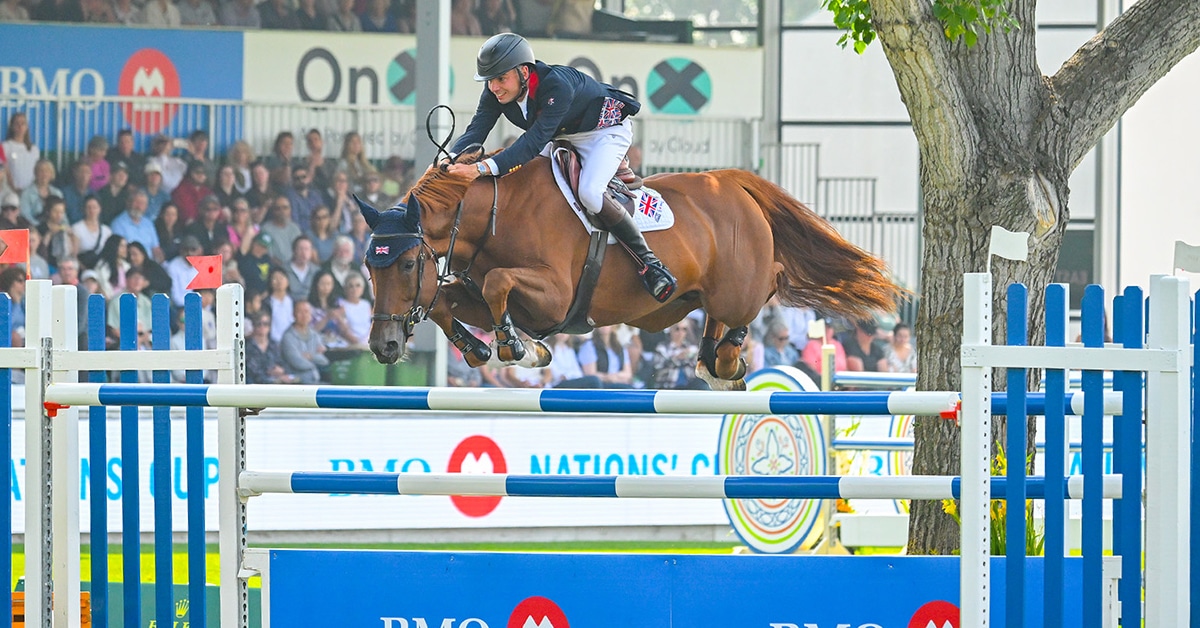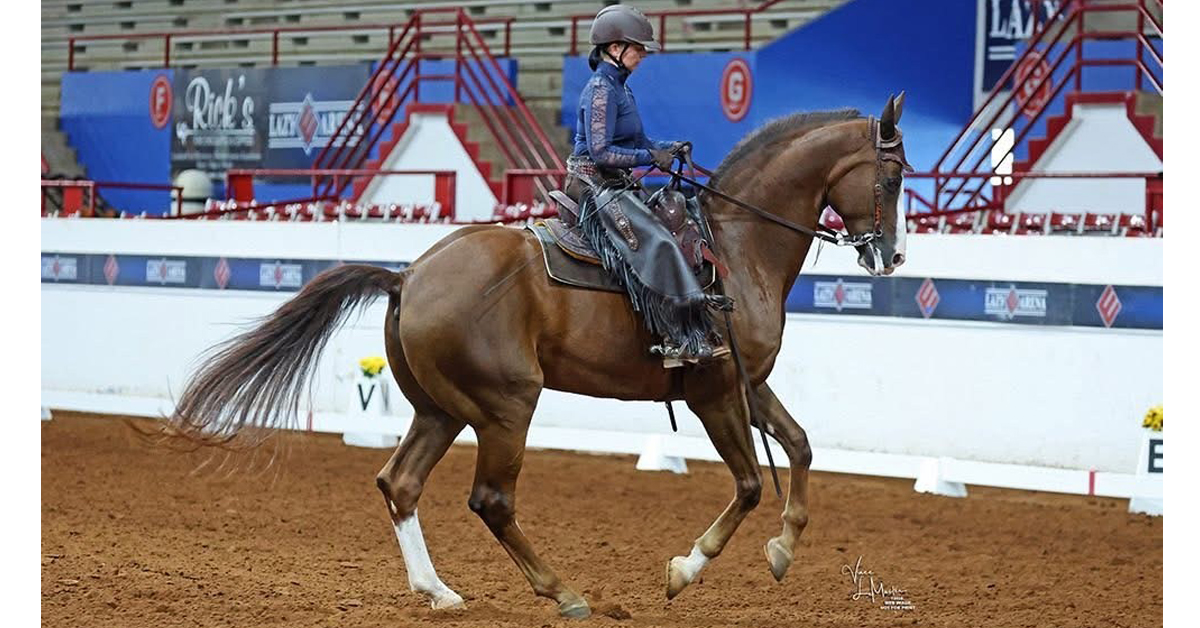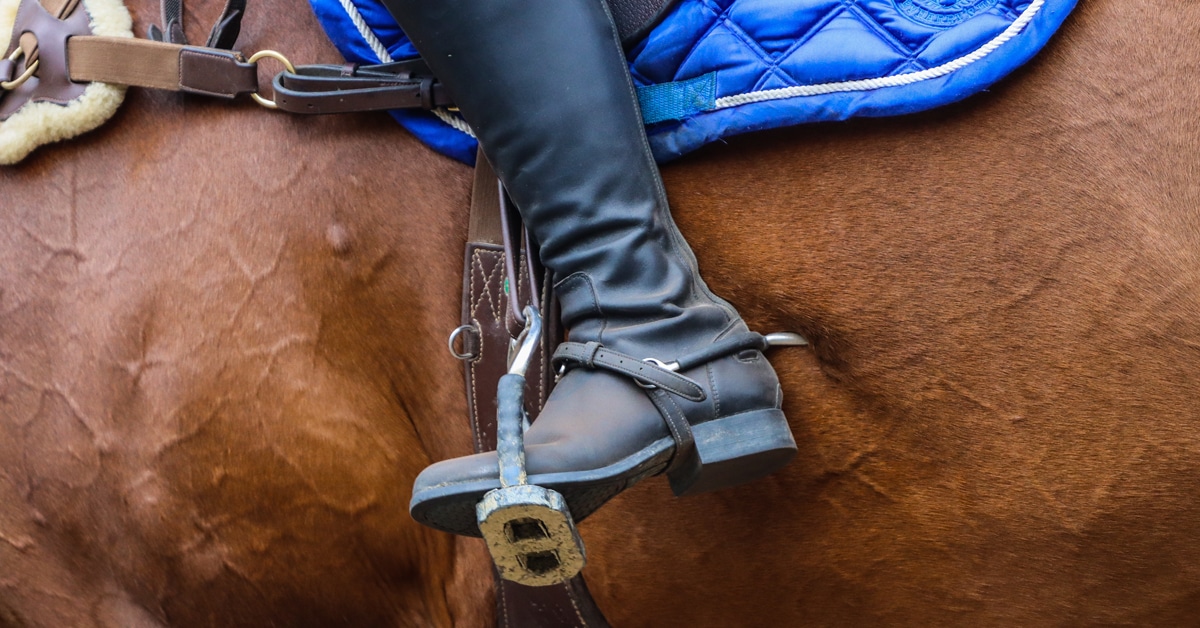Eduardo Felix is Canada’s Jumping Team vet. Originally from Portugal, Eduardo has had a fascinating career that has seen him cover four World Equestrian Games and three Olympics.
Eduardo went to vet school at Utad University before completing internships in Spain, England and Belgium. When he finished his last placement, he was hired by the Pessoas to be their home vet at their farm in Belgium to support their many horses and clients. During his time working in Belgium he met Eric Lamaze, whom he started working for in 2008 while also being the team vet for Brazil and Ukraine. Subsequently, he become Canada’s official team vet at the 2014 World Equestrian Games in Normandy, France.
As the regular vet for Beth’s mount Nikka VD Bisschop and Tiffany’s ride, Figor, Eduardo is already very familiar with half the team. He’s been working with all the horses for the last month and attended the team training camp in Belgium for the last two weeks. This prep work is his favourite part of the job.
“I like to prepare the horses to come here. The Championships are just a result of the work and the rest is in the hands of the horses, the riders, and God.”
During the Championship, he spends his time assessing each horse, reviewing and monitoring any past issues and staying on top of any changes.
“On a daily basis, I assess each horse to see if something is changing and to know what is normal for them,” he said. “The major thing that people forget – everyone thinks about tendons and joints– but for me the most important thing at this stage are the muscles.”
Depending on the situation, Eduardo may suggest a horse be given vitamin B6, or vitamin C or creatine to help him feel his best. “Substances like those support any stress that the muscles are going to have during the competition [so you can] maintain the horse. We aren’t trying to patch the horses, I’m trying to make them recover quicker so the horse is feeling good during all the Championships.”
On the day of the jog he will assess each horse in the stable, do some palpations, check the back and neck, check for any tendon swelling or heat in a foot. Then he will jog each horse to make sure they are sound and also do an evaluation under tack.
“Part of my normal examination is to look at the horse under tack. It’s one thing to see the horse jog, but it’s another to see how he presents when he is working with the tack and the rider on. For me, that is when I get more information because with the weight of the rider and how the horse works [you can see] if he is symmetrical or not.”
If a horse feels weak he might suggest some extra vitamins; if a horse seems stiff, a muscle relaxant may be in order. Eduardo also makes use of an FEI-approved cold laser during the Championship to help support the horses along with some acupuncture.
“We try not to help too much during the show, maybe for the last day,” he adds. “They need to be feeling good already from home. You really need to be supporting rather than treating the horses while they are here.”
It’s the cumulative effect of all these little extras that can make a big difference on the score board.
“If you add up all that, it’s two per cent here and two per cent there and five per cent there. If you add it all up maybe it’s twenty-five per cent better than it used to be.”
The Latest

